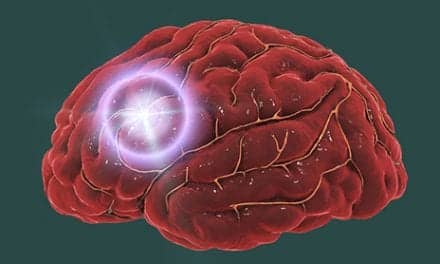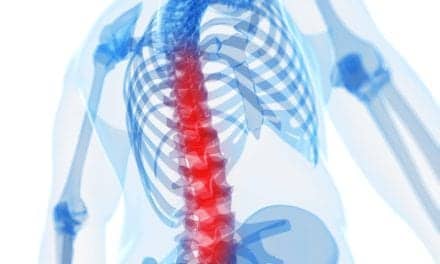Women experiencing a minor stroke or transient ischemic attack (TIA) may be less likely to be diagnosed with a stroke compared to men — even though they describe similar symptoms in emergency departments — according to a JAMA Neurology study.
“In our study, men were more likely to be diagnosed with TIA or minor stroke, and women were 10 percent more likely to be given a non-stroke diagnosis, for example migraine or vertigo, even though men and women were equally likely to report atypical stroke symptoms,” says study lead author Dr Amy Yu, MD, a stroke neurologist at Sunnybrook Health Sciences Centre and assistant professor at the University of Toronto, in a media release from University of Calgary.
The study found men and women equally described atypical stroke symptoms such as dizziness, tingling or confusion, which are not commonly thought of as related to stroke. Typical symptoms of stroke are sudden weakness, face drooping, or speech difficulties.
“Our study also found the chance of having another stroke or heart attack within 90 days of the diagnosis was the same for women and men,” adds senior author Dr Shelagh Coutts, MD, a stroke neurologist with Alberta Health Services at Foothills Medical Centre, associate professor at the University of Calgary’s Cumming School of Medicine (CSM) and member of the Hotchkiss Brain Institute at the CSM.
While further research is needed, it is possible that patient reporting of symptoms, interpretation of symptoms by clinicians, or a combination of both, could explain the discrepancy in diagnosis among men and women, the researchers note.
“Our findings call attention to potential missed opportunities for prevention of stroke and other adverse vascular events such as heart attack or death in women,” Coutts shares.
Previous studies on this topic have focused on patients diagnosed with stroke. Researchers in the current study included 1,648 patients with suspected TIA who were referred to a neurologist after receiving emergency care from 2013-2017, regardless of their final diagnosis.
The study is an important opportunity for the public and clinicians to be aware of atypical symptoms of TIA, according to the researchers.
“What’s important to recognize in stroke is that the brain has so many different functions and when a stroke is happening, people can feel different things beyond the typical stroke symptoms,” Yu explains.
“Accurately diagnosing TIA and stroke would change a patient’s treatment plan and could help prevent another stroke from happening.”
[Source(s): University of Calgary, Science Daily]





